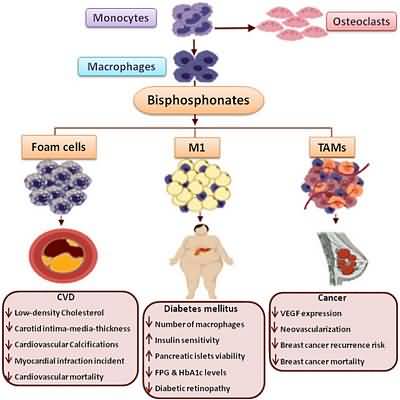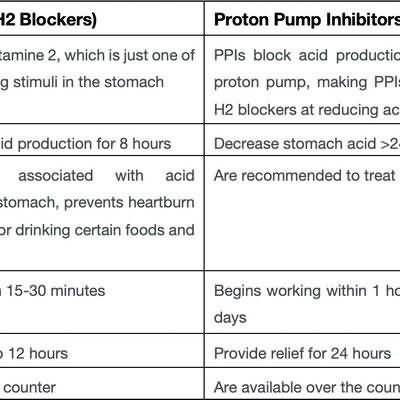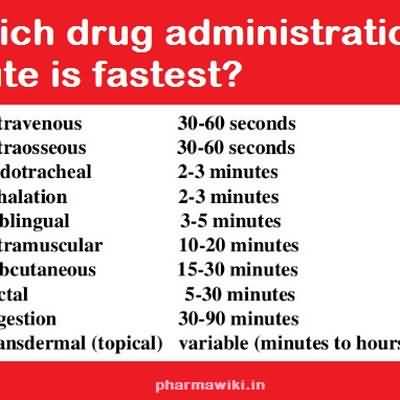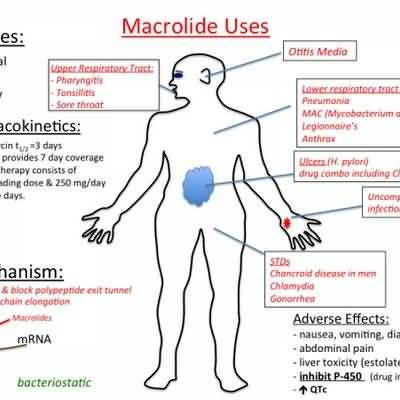Bisphosphonates
Bisphosphonates
Bisphosphonates inhibit bone resorption, pos sibly by inhibiting osteoclast activity and pro moting osteoclast cell apoptosis; this action leads to decreased release of calcium from bone and decreased serum calcium level.
Indications
Treatment of Pagetís disease of bone (oral) Treatment of osteoporosis (oral) (post menopausal and in males) Treatment of heterotopic ossification (oral) Treatment of hypercalcemia of malignan cy in patients inadequately managed by diet or oral hydration (parenteral) Treatment of hypercalcemia of malignan cy, which persists after adequate hydration has been restored (parenteral) Prevention of new clinical fractures in patients with lowtrauma hip fractures (parenteral) Contraindications and cautions
Contraindicated with allergy to bisphos phonates, hypocalcemia, pregnancy, lacta tion, severe renal impairment. Use cautiously in the presence of renal im pairment, upper GI disease. Adverse effects
CNS: Headache,dizziness CV: Hypertension, chest pain GI: Nausea, diarrhea,altered taste, metal lic taste, abdominal pain, anorexia, esophageal erosion Hematologic: Elevated BUN, serum cre atinine, hypophosphatemia, hypokalemia, hypomagnesemia, hypocalcemia Respiratory: Dyspnea, coughing, pleural effusion Skeletal: Increased or recurrent bone pain(Pagetís disease), focal osteomalacia, arthralgia Other: Infections(UTI, candidiasis), fever, progression of cancer Interactions
Drugdrug Increased risk of GI distress if taken with aspirin Decreased absorption if oral form is taken with antacids, calcium, iron, multivalent cations; separate dosing by at least 30 min Possible increased risk of hypocal cemia if parenteral form is given with amino glycosides, loop diuretics; if this combination is used, monitor serum calcium levels closely Drugfood Significantly decreased ab sorption and serum levels if oral form is taken with any food; administer on an empty stom ach, 30 min before meals Nursing considerations
Assessment
History: Allergy to bisphosphonates, renal failure, upper GI disease, lactation, preg nancy Physical: Muscle tone, bone pain, bowel sounds, urinalysis, serum calcium, renal function tests Interventions
Administer oral drug with a full glass of wa ter, 30 min to 1 hr before meals or any oth er medication; make sure that patient stays upright for at least 30 min after adminis tration. Make sure that patient is well hydrated be fore and during therapy with parenteral agents. Monitor serum calcium levels before, dur ing, and after therapy. Bisphosphonates Bisphosphonates ? 37 Ensure a 3mo rest period after treatment for Pagetís disease if retreatment is required; allow 7 days between treatments for hyper calcemia of malignancy. Ensure adequate vitamin D and calcium in take. Provide comfort measures if bone pain re turns. Teaching points
Take these drugs with a full glass of water 30to 60 minutes before meals or any other medication; stay upright for at least 30 min utes after taking these drugs. Periodic blood tests may be required to mon itor your calcium levels. You may experience these side effects: Nau sea, diarrhea, bone pain, headache (anal gesics may help). Report twitching, muscle spasms, dark colored urine, severe diarrhea, GI distress, epigastric pain. Representative drugs
alendronate etidronate ibandronate pamidronate risedronate tiludronate zoledronic acid


















